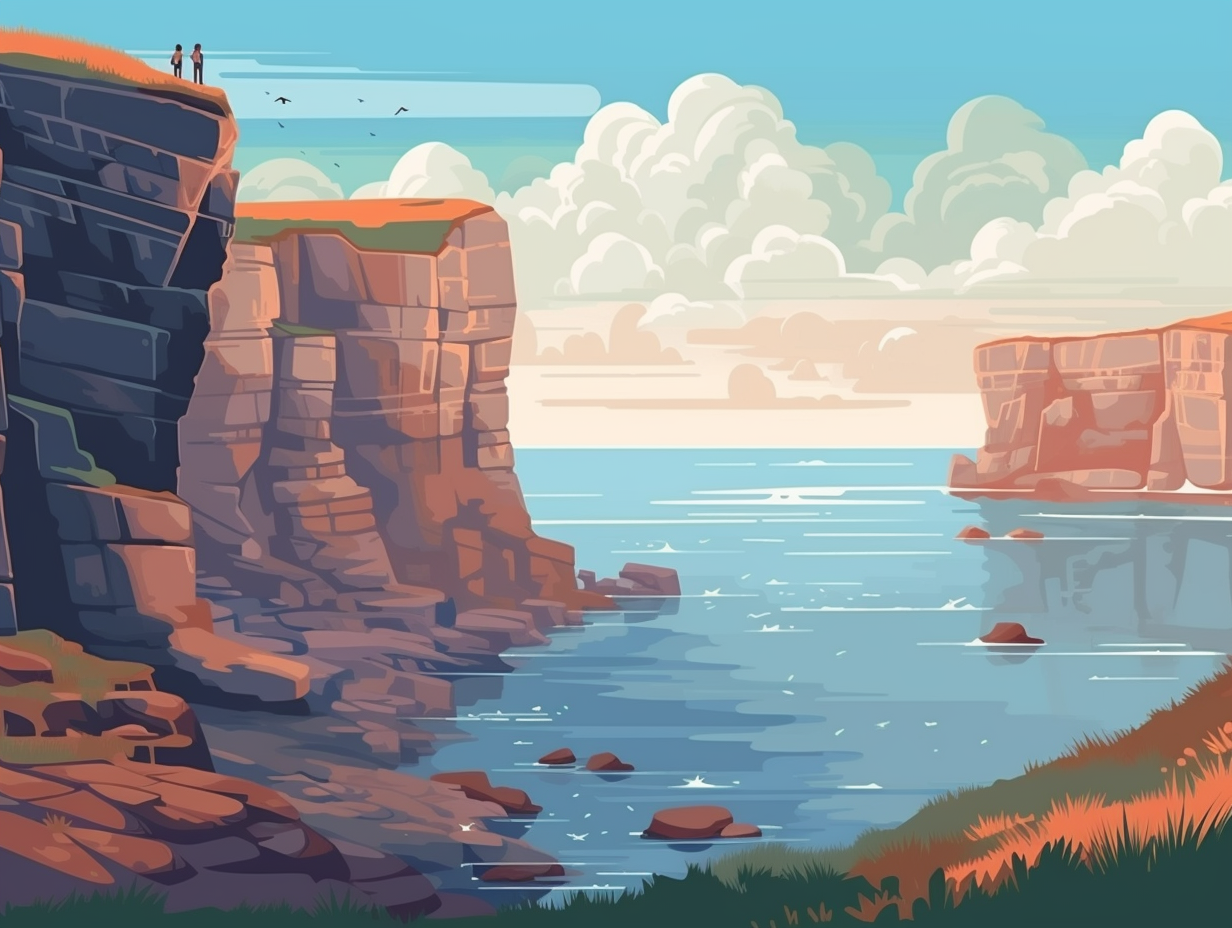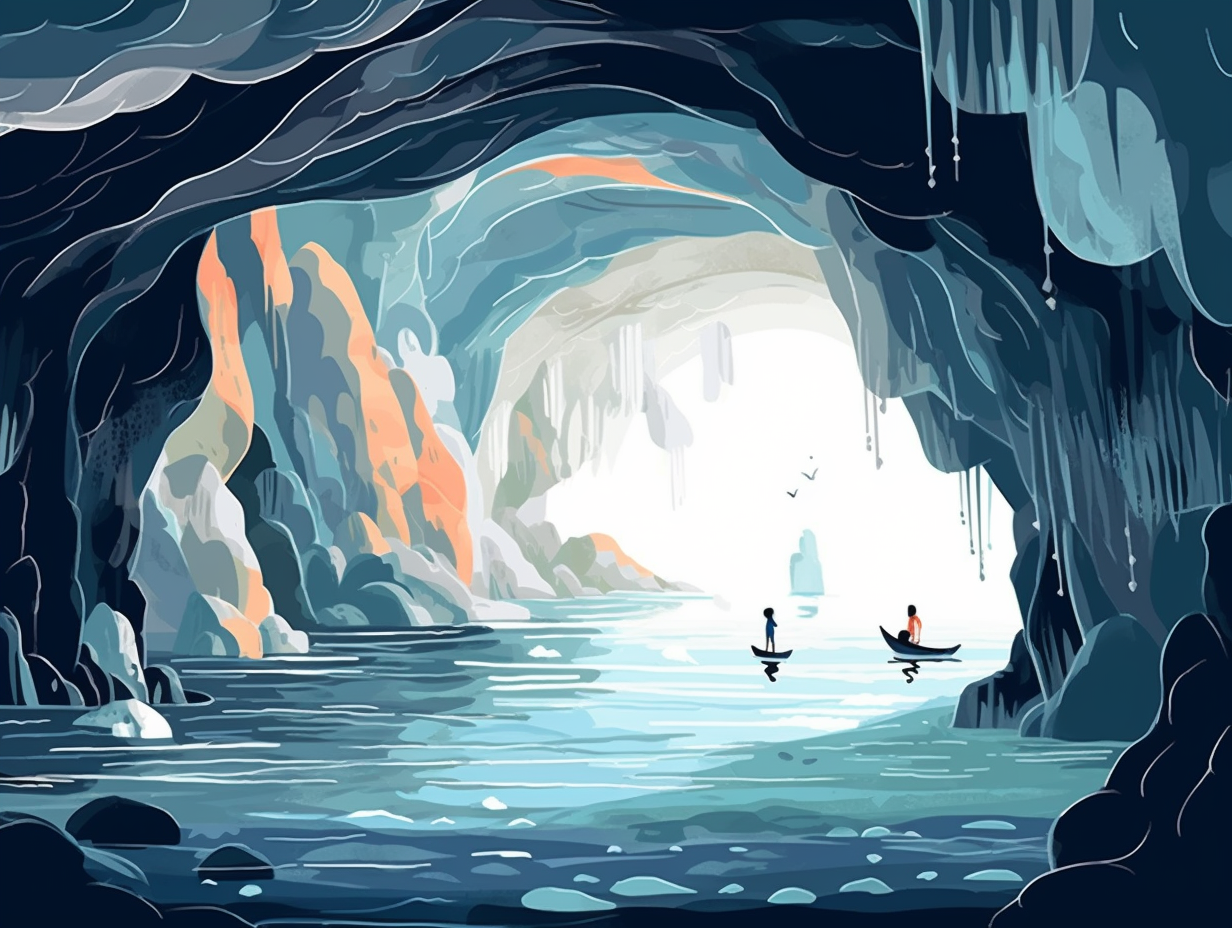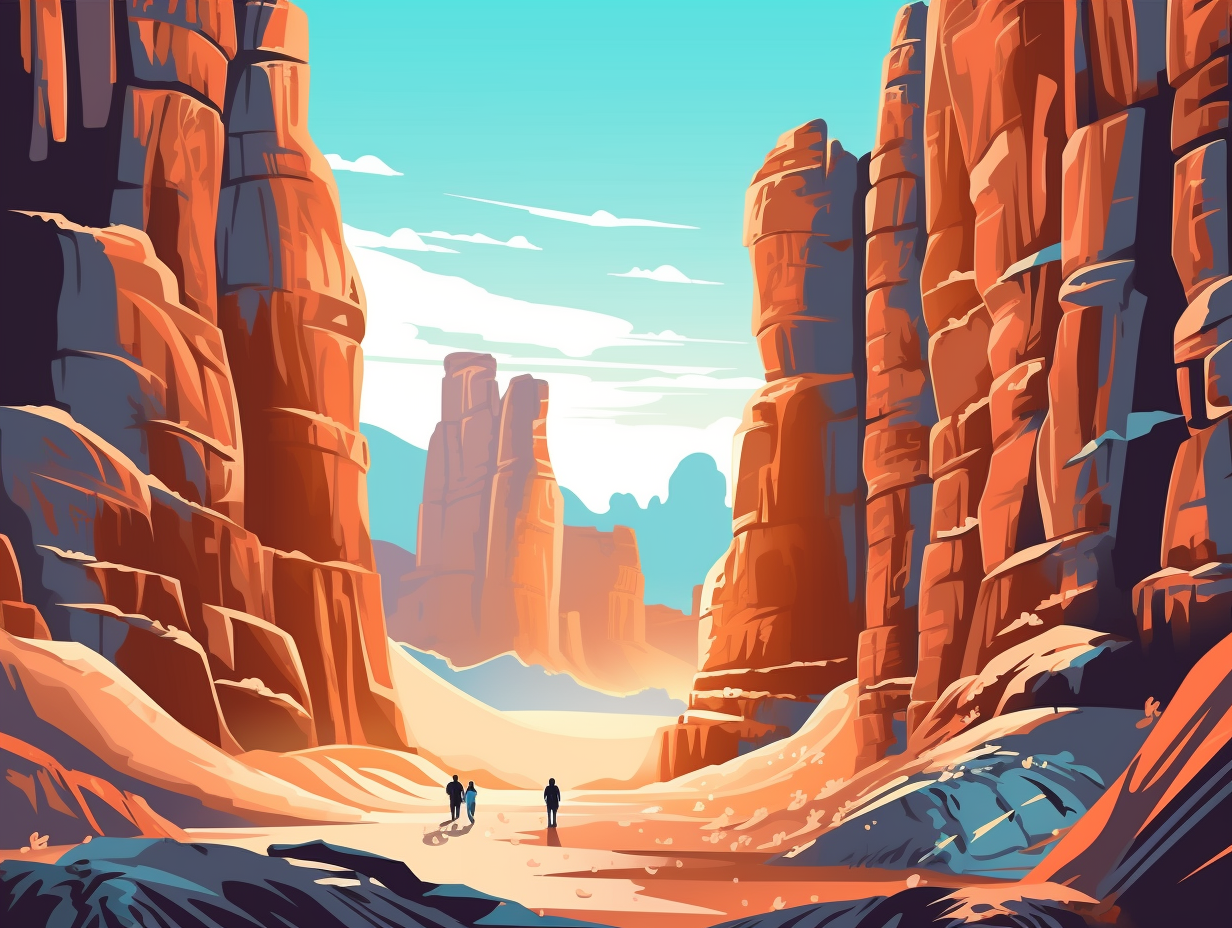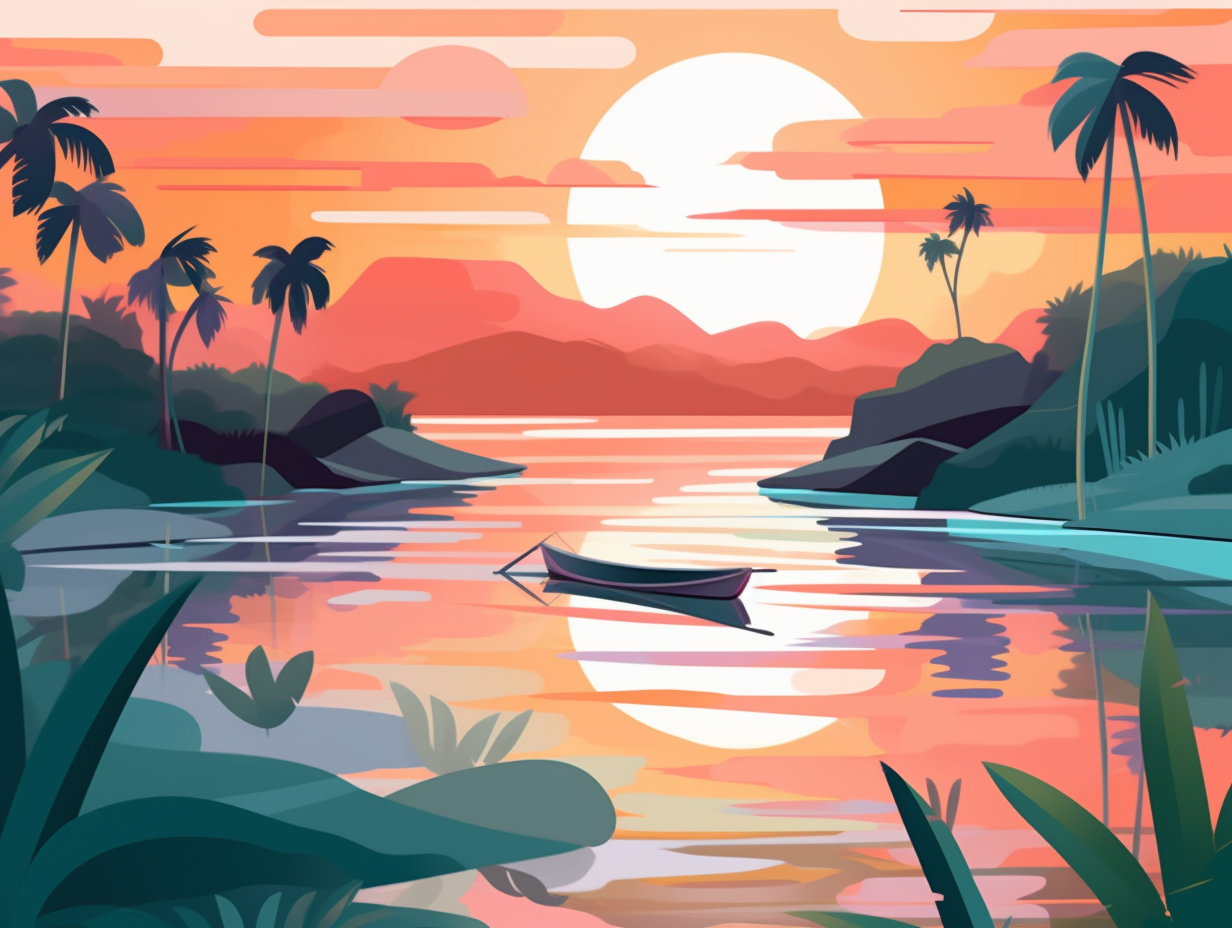Discover the Atacama Desert: Top 12 Fun Facts That Will Fascinate You!

1. Dalí Meets NASA
If Salvador Dalí and NASA had a baby, it would probably vacation in the Atacama Desert: Boasting unearthly landscapes that inspired Dalí's surrealist masterpieces and served as testing grounds for lunar missions, this extreme dryland sees less than 1 mm of annual rain, with some spots remaining bone-dry for over half a millennium, and claims the title of the largest high plateau outside Tibet – stretching from southern Peru to northern Chile and Argentina.
Source => sevencorners.com
2. Sandboarding Paradise
Hold onto your sand goggles and ride the dunes like it's the Wild Wild West on a very granular horse: Atacama's Valle de la Muerte offers an unparalleled sandboarding experience that's leagues above other sandy destinations in the world.
Source => wowiwalkers.com

Did you know that the Gobi Desert has its own natural karaoke? Singing sands create mesmerizing melodies as they tumble down the dunes, producing haunting music that can be heard for miles! 🎶🏜️
=> Fun Facts about The-Gobi-Desert
3. Martian Vacation Spot
Deserts and Martians rejoice! The Atacama Desert could totally be your next Martian summer holiday destination: NASA chose it for a rover mission test due to its extreme dryness, high UV radiation, and Mars-like soil – and they even found subterranean organisms, raising hopes for Martian microbes.
Source => blog.frontiersin.org
4. Exclusive Nature Club
You might say the Atacama Desert is nature's version of an exclusive, members-only club, where species must possess extreme survival skills just to make it past the bouncer: Surprisingly, amid the harsh conditions, partygoers like red scorpions, grey foxes, desert wasps, and butterflies have made it through, while the more chill VIPs such as penguins, sea lions, and pelicans can be spotted mingling near the Pacific Coast.
Source => onthegotours.com

5. Radio Telescope Musical Chairs
You know what's out of this world? When radio telescopes play "musical chairs" in the middle of the driest desert on Earth: The Atacama Desert is home to the ALMA, the largest and most expensive ground-based astronomical project, boasting a whopping price tag of US$1.4 to 1.5 billion. These high-tech telescopes can be rearranged by massive transport vehicles, creating a versatile array with extraordinary sensitivity and resolution – capturing wavelengths as short as 0.3 mm!
Source => scihi.org
6. Flamingo Party Central
"Pretty in Pink" just got a whole lot more flam-boyant: The Atacama Desert is home to not one, not two, but three species of fabulous flamingos – the Andean, Chilean, and James – who are known to throw some serious shindigs, with colonies in the thousands. They've even mastered a dance that would put John Travolta to shame, stomping their feet and spinning in circles to serve up their fancy crustacean snacks, rich in beta carotene. Their beaks, however, deserve their own red carpet, as they're custom designed to filter out mud and silt from their meals, making sure they're always camera-ready with their vibrant pink hue.
Source => wesaidgotravel.com
7. Stellar Stargazing Hotspot
Strap on your cosmic boots and join the interstellar rave party, because the Atacama Desert is home to the galaxy's hottest stargazing hotspot: boasting low humidity, a high altitude, and minimal light pollution, the Atacama hosts half of the world’s ground-based astronomy projects, making it an astro-tourist's dream destination to dance under dazzling celestial disco lights.
Source => lonelyplanet.com
8. Lithium Powerhouse Drama
Step aside, Energizer Bunny - there's a new powerhouse in town, and it's got nothing on your puny batteries: The Salar de Atacama, situated in the Atacama Desert of Chile, is the world's largest and purest active source of lithium, boasting 27% of the planet's lithium reserve base. Its potent lithium concentration in brine, speedy evaporation rate, and scarce rainfall create the dream formula for lithium extraction, making its lithium carbonate production both simpler and cheaper than its global competitors. Sadly, this energy jackpot has sparked tensions with local communities over precious water resources and has negatively impacted the regional ecosystem, including the charming Andean flamingo.
Source => en.wikipedia.org
9. Lascar Volcano's Explosive Personality
If there's one place that really knows how to make a mountain out of a molehill, it's the Atacama Desert – specifically, the Lascar Volcano: The most active volcano in the region, Lascar has had at least three major eruptions since 1848, with the largest in 1993, even dusting Buenos Aires with volcanic ash, reminding us all that the Atacama is far more than just a pretty, yet extremely parched, face.
Source => en.wikipedia.org
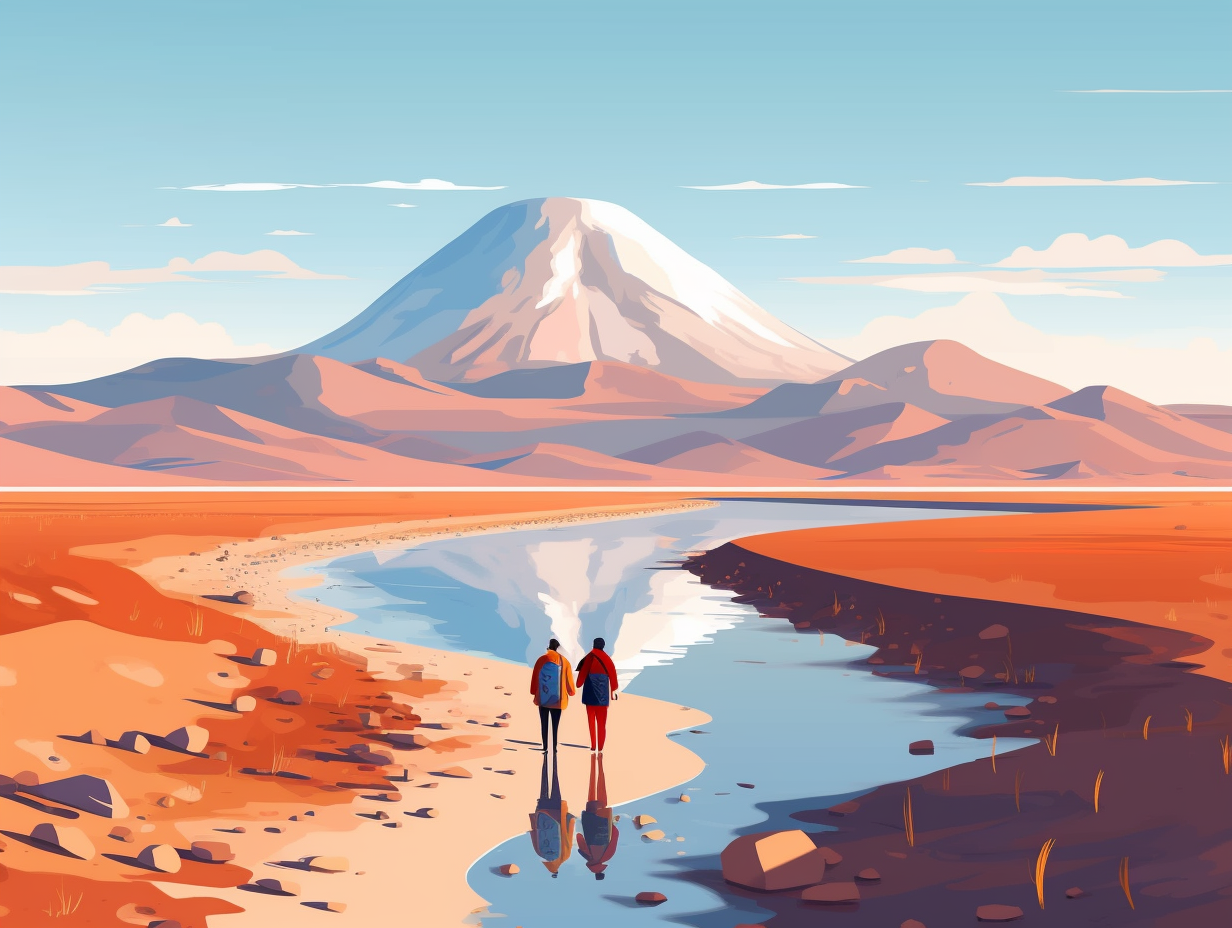
10. Record-Breaking Dry Spell
If you think your last dry spell was bad, prepare to be humbled: The Atacama Desert, the world's thirstiest region, averages a measly half an inch (1.5 centimeters) of rainfall per year. This parched predicament has shaped the landscape into one-of-a-kind geological formations and created the ideal spot for astronomical observatories, allowing stargazers to better peer into the infinite cosmos.
Source => adventure.howstuffworks.com
11. Comet-Induced Glass Explosion
You know the saying, "glass half full"? Well, in the Atacama Desert, thousands of years ago, it was more like a "glass explosion in the sky": Intense heat from a comet exploding in the Earth's atmosphere over 12,000 years ago is believed to have formed patches of glassy rocks in the Atacama Desert, Chile. These rocks, found east of Pampa del Tamarugal, contain glassy minerals resembling material from the comet Wild 2, sampled by NASA's Stardust mission, and might have been quite a celestial spectacle for early inhabitants of the region.
Source => independent.co.uk
12. Rain Dance Miracle
Dust off your umbrellas and cue the rain dance: the Atacama Desert hasn't seen a drop of rain in some spots for decades! The serious reveal: this parched wonderland, one of Earth's driest places, boasts eccentric flora and fauna, mysterious geoglyphs, and stargazing spots so clear that astronomers from around the world flock here to peep at the universe through Europe's Very Large Telescope.
Source => racingtheplanet.com
Related Fun Facts









